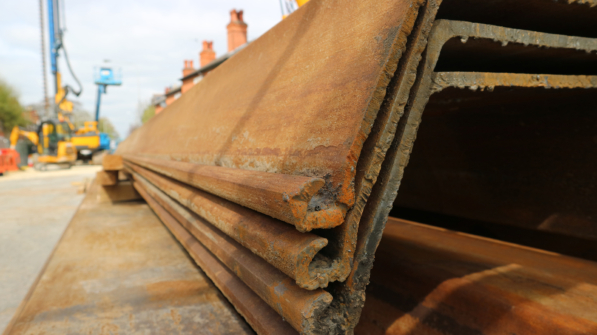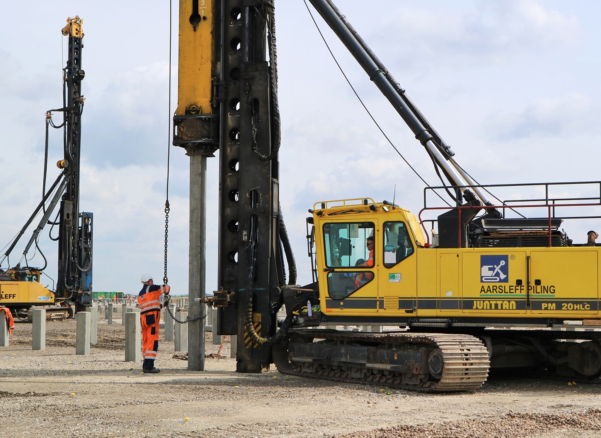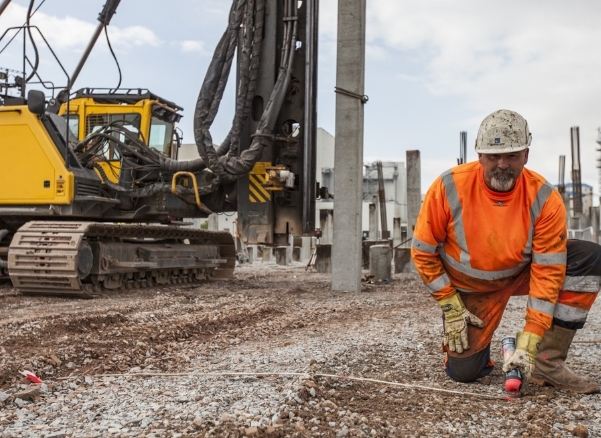What are the dimensions of sheet piling?
The “standard” sheet pile was the 400 – 420mm wide U pile for several decades in the UK. Converting from a narrow, inefficient pile to a wide modern pile can save up to 27% on weight whilst offering equivalent driveability and strength.
In the 1980s, the 525mm wide range overtook the older sections, offering much higher strength per unit weight but with reduced capacity to withstand sub-optimal driving practice. The 600mm wide U pile was initially resisted because of fears over driveability, but the efficiency and need to compete with Z piles soon overcame these reservations. The 600mm wide U pile is still the standard temporary works pile today.
- Larssen PU12 – 600mm width
- Arcelor Mittal AZ – 630mm width
- ArcelorMittal AU – 750mm width
We see even wider piles with U piles up to 750mm wide and Z piles up to 800mm wide. These piles offer maximised economy (optimised strength-to-weight ratio) but have clever additions such as strengthened shoulders to ensure driveability is not compromised.
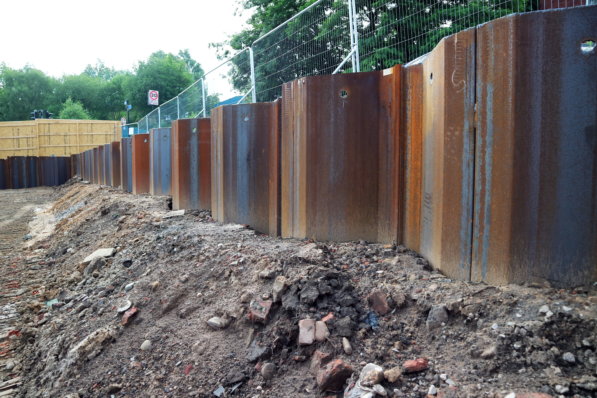
Variations of Sheet Piling
At Aarsleff, we design and install three main variations of sheet piles, each with its own profile, dimensions and thicknesses:
AZ Sheet Piles
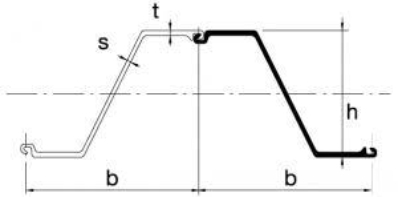
ZZ Sheet Piles
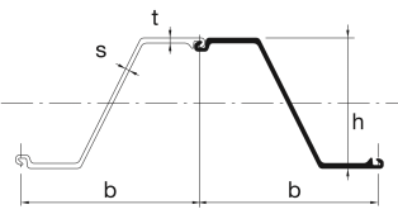
ESZ Sheet Piles
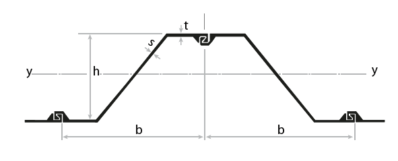
Larssen Interlocking System
The original Larssen sheet piles had the interlocks manufactured separately from the pile itself. The first rivet-less Larssen interlock was produced in 1914, a practice that continues today, with all Larssen interlocks fabricated upon the neutral axis.
The Larssen interlocking system is highly resistant to seepage because of its shape and tight connection. The interlocking system assists teams with pitching and driving by controlling the swing radius tightly.
The AZ, NZ, ZZ, Hoesch, and ESZ variations of sheet piles discussed above all utilise the Larssen interlocking system, with the interlocks located on the neutral axis of the sheet.
